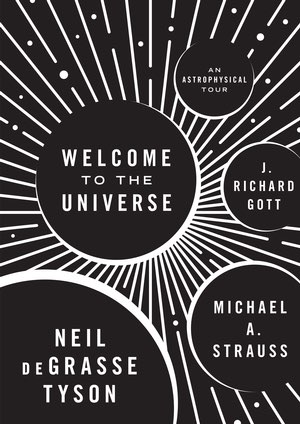Review: Welcome to the Universeby Jeff Foust
|
| Tyson, not surprisingly, is often informal and chatty in his comments: for example, he calls Johannes Kepler “badass” for developing his three laws of planetary motion. |
The book is split into three parts: one on stars, a second on galaxies, and a third about cosmology. Each of the three authors takes one of those parts: Tyson discussing stars, Strauss galaxies, and Gott cosmology, with the exception of a couple chapters by Strauss in Tyson’s part of the book. It is almost three books in one, each self-contained by each co-author.
That means there are differences in styles among the three parts. Tyson, not surprisingly, is often informal and chatty in his comments: for example, he calls Johannes Kepler “badass” for developing his three laws of planetary motion that withstood the test of time. Gott often folds his own anecdotes into his chapters, whether it’s visiting the Berlin Wall as a student in the 1960s or his trademark turquoise sports coat. Strauss is the most straightforward of the three, interjecting few personal asides into his chapters.
One common theme of the book is that it is intended for people beyond general audiences: it’s not a book of pretty pictures and basic text about the universe. The authors often derive and work through key equations, be it Einstein’s E=mc2 or calculations of blackbody radiation, that can be daunting for some readers. The fact that the equations are squeezed into the body of the text, rather than broken out and more clearly formatted, doesn’t help.
Welcome to the Universe is a good introduction, then, for people not familiar with the current state of the knowledge of the universe beyond the solar system and not afraid of a little math. (There’s little about the solar system in the book beyond a chapter in Tyson’s section about Pluto and his role in its reclassification as a dwarf planet, which stands out as almost a non sequitur after several chapters about the life and death of stars.) If you don’t mind the changing, uneven styles among the book’s three authors, and are willing to slog through some equations from time to time, it can be an enlightening review of our current state of understanding about the cosmos.
